Hand cramps are something that we've all experienced at some point in our lives. This happens when an involuntarily and forcibly contracted muscle won't relax. They can be extremely uncomfortable and either temporary or chronic.
They usually appear as we get older or if we work at jobs that require repetitive hand and wrist movements. Most of these cramps can be treated at home very easily, if they are not a medical emergency, and there are various ways to prevent them from returning.
We at Bhaskar Health put together some tips to treat hand cramps at home and prevent them in the future.
1. Rest your hands.
Hand cramps are mostly caused by overusing or overtiring our hands. The best way to prevent them is by giving your hands a break once in a while by avoiding any movements. Especially when your job requires you to do a lot of kinetic work with your hands like typing, writing, painting etc... Try to rest your hands every half hour when you work.
For sudden cramps that come and go every now and then, your break should be between 15-30 minutes. However, if your hand cramping has been going for a while maybe you should consider taking a few days off and completely resting it.
- It is a good idea to rest both your hand and forearm, as well as your wrist. Just place your arm on a chair with your palm facing the ceiling and let it sit there for a few minutes until you start feeling better.
- If the pain persists for more than 2 weeks, then it's crucial to visit your doctor because it could be a sign of a more serious condition.
2. Stop activities that are causing you pain.
Excessive movement of the hands is not very healthy. When you are in an environment, whether it be work or personal, that requires you to do a lot of hand movements and it's causing you to have painful hand cramps, then you need to stop.
Stopping repetitive activities even for a very short period of time can help with easing pain and relieving cramps. It's important to take regular breaks when you're doing these activities to prevent any joint problems and even tendonitis.
Here we have a list of activities that might be causing your painful cramps:
- Typing
- Writing
- Gardening
- Tennis
- Golf
- Playing instruments
- Painting
- Gripping an object for a long time
- Stretching out your fingers
3. Do some stretches.
Stretches are like mini workouts for your hands. They actually help exercise them and force them to do movements that they don't usually do in order to keep a balance between the repetitive movements that they are already doing.
Here are some exercises you can do in order to relieve the pain:
Hold your palm straight up and then take your opposite palm and very gently apply some pressure in the opposite direction. Do this twice for 10 seconds on each hand.
Hold your hand straight and place it against a flat surface, then start pressing down slowly, and gently put some extra weight on your hand. Hold for at least 60 seconds and then switch hands.
Alternatively, you can stretch it by balling your hand into a firm fist. Hold in that position for at least 60 seconds and then open your hands and stretch again, just like we mentioned earlier.
4. Try massaging your hands.
A Massage could be the perfect treatment for hand cramps because it involves gently rubbing the muscle that is causing you pain. Stretch the cramped muscle and gently rub it in order to help it relax. When a muscle is cramped it becomes very stiff and by gently massaging it you are helping it to relax and return to its healthy state. Try doing that by applying gentle pressure and massaging the affected area in circular motions. Be extra careful in areas that might be very stiff.
- If you have a muscle cramp around your arm, put your weight on the palm of your hand and bend your wrist slightly.
- Try using massage oil on your hand to decrease the muscle soreness before and after any type of exercise.
- Even if you've never had a hand cramp before, try to massage your hands once in a while to avoid these cramps in the future.
5. Start using compresses
Apply a hot or cold compress to your hand. Both heat and cold can help in relieving your pain. Use a warm towel or heating pad on your tight muscles in order to help them relax. Take a warm bath. This will help to direct the steam of a hot shower into the cramped muscle and relieve some of the pain.
Alternatively, massaging the cramped muscle with ice may relieve the swelling. This is because ice and cold temperatures will re-direct the old blood flow to the rest of the body and reduce heat and inflammation.
- Remember to place a piece of fabric between your skin and the compress for your own protection.
6. Stay hydrated
Sometimes, it's not possible to consume enough fluids because of our busy lifestyle, or because we do not have the means available to drink enough water (lack of facilities or forgetfulness). However, hand cramps can be a sign of dehydration which affects the functioning of the muscles and causes them to cramp.
Even though dehydration is more likely to occur in hot temperatures, you can develop it without enough water intake in cool temperatures as well. It is crucial to stay hydrated regardless of temperature to avoid hand cramps and potentially more serious health problems.
Some symptoms of dehydration:
- Bad breath
- Dry skin
- Headaches
- Cravings for sugary snacks
7. Take your vitamins.
In certain cases, hand cramps can occur when our system lacks some basic nutrients that our body needs in order to function properly. These important nutrients are sodium, calcium, magnesium, or potassium. This usually happens to people who do intensive workouts, are pregnant, have a kidney disease, or an eating disorder, or they are going through chemotherapy.
Furthermore, vitamin B deficiencies may directly or indirectly lead to muscle cramps. This can include deficiencies of thiamine (B1), pantothenic acid (B5), and pyridoxine (B6). However, the precise role of the vitamin deficiency that is causing cramps is unknown.
- Before taking any medications or supplements, always consult your doctor. This is especially important if you are already taking other medications, if you are undergoing treatment, or if you are pregnant.
8. Start building some strength for your hands and forearms.
Get a squeezable stress ball and start doing mini hand-workouts in order to exercise your arms and give them more strength. You should do your strengthening exercises 2 to 3 days per week with 10 to 15 squeezes on each hand.
- Play some sports: Another way to build strength for your hands is to play sports that involve throwing or catching a ball. Try sports like catch, handball, basketball, ping-pong, or tennis.
- Introduce pre-workout exercises for your hands: Try to stretch your hands every day, especially before and after your work or hobbies. If you do repetitive movements with your hands, you may want to stretch them more often to avoid cramps.
9. Improve your diet
Care for your body and your overall well-being by adapting to a healthier lifestyle full of water and nutrients. Try to eat nutritious meals 3 times a day to ensure that you are getting the adequate amount of magnesium, potassium, calcium, and B vitamins.
- Drink at least 8 glasses of water per day and if you exercise a lot, try to increase your intake.
- If you believe you are vitamin deficient, consult your doctor or pharmacist to help you with any dietary supplements.
10. Use appropriately sized items that fit your hands.
Sometimes holding or gripping items that are too small or too big for your hand can cause a lot of discomfort and also hand cramps. In order to avoid this, try to use items that are the correct size for your hand.
Even though the majority of people do not pay close attention to the size of the objects they are using and whether they are suitable for their hands or not; this can have a huge impact on your hand muscles and joints.
To avoid this, look for tools, workout equipment, utensils, hobby gear, and household items that fit your grip size.
11. Change your computer mouse
If you spend a lot of time using your computer, then maybe your computer mouse could be a huge contributor to your hand cramps. Some computer mice, especially the ones that don't have a lot of constructional research behind them in order to achieve a comfortable feel, can be painful for your hands in the long run.
Fortunately, there are a lot of different computer mice on the market and by doing the appropriate research you can find one that will perfectly fit your hand. Also, try to find a mouse that requires you to do the minimal amount of scrolling.
- Try to find something that is ergonomic, especially if you are suffering from chronic hand cramps and you are forced to use a computer mouse for long periods of time.
Do you suffer from hand cramps regularly? Which exercises have you tried and which ones would you recommend? Please let us know in the comments below and tell us what you are doing for your cramps. Feel free to share this article with people who suffer from cramps in order to help them out and share our tips


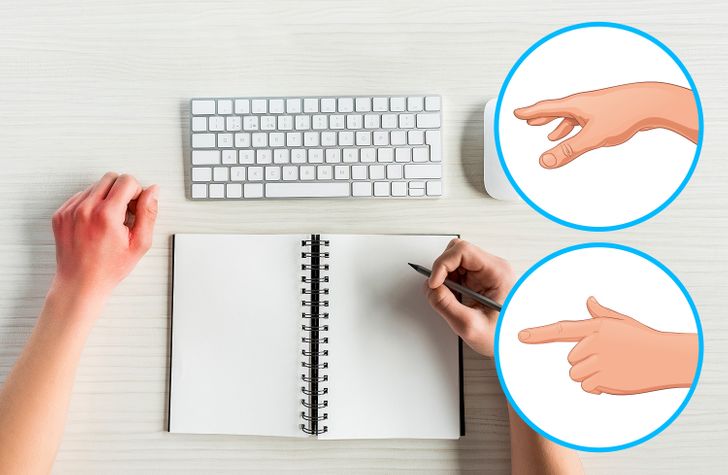
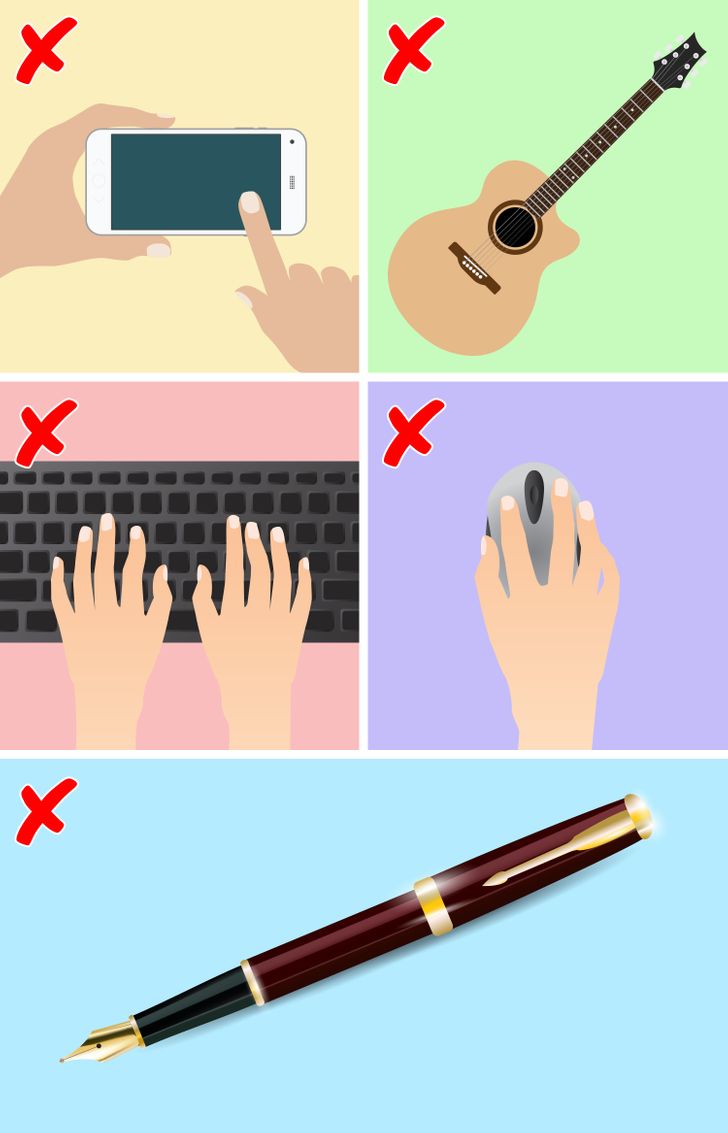
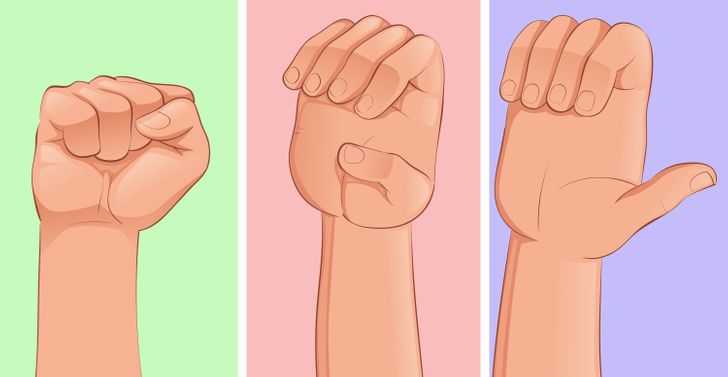
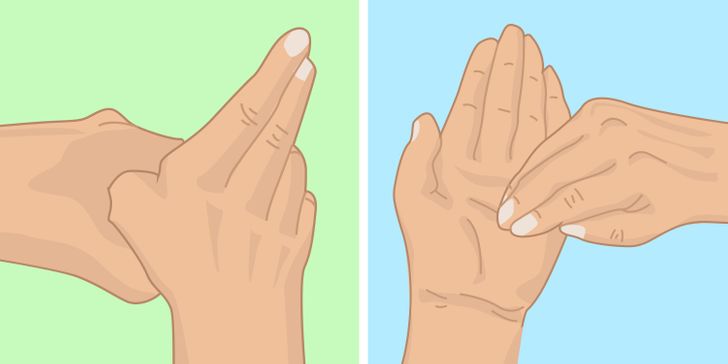
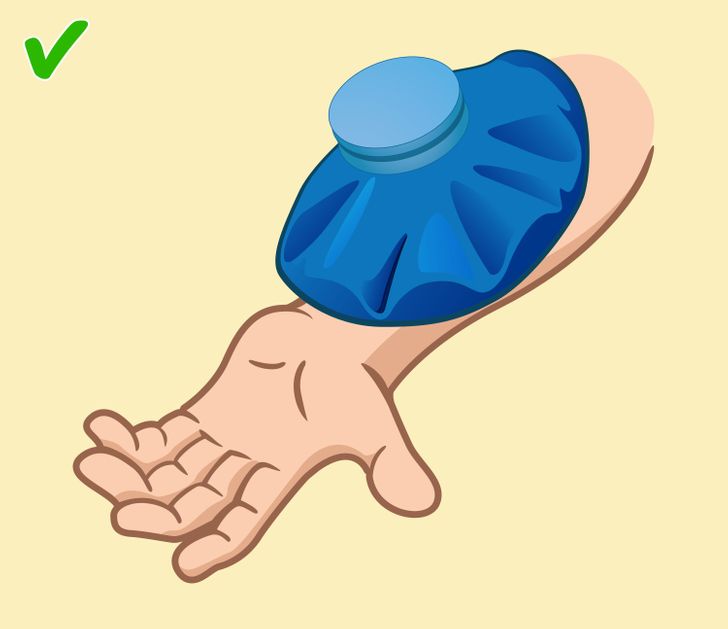




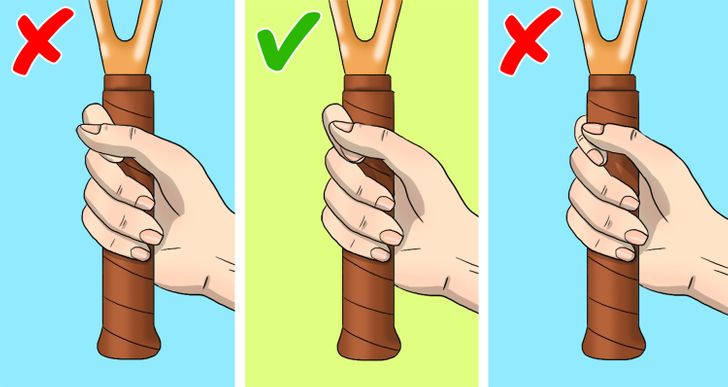
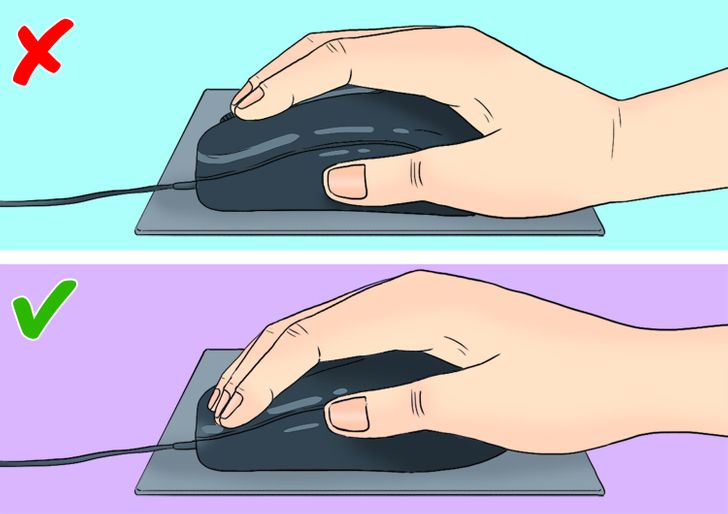
0 Comments